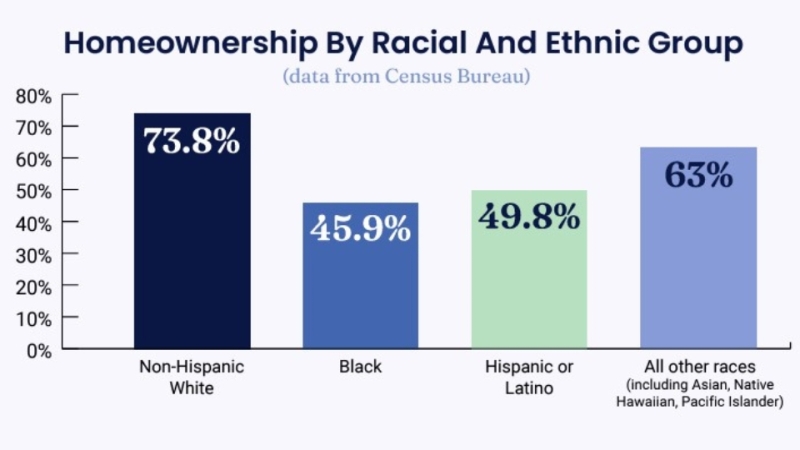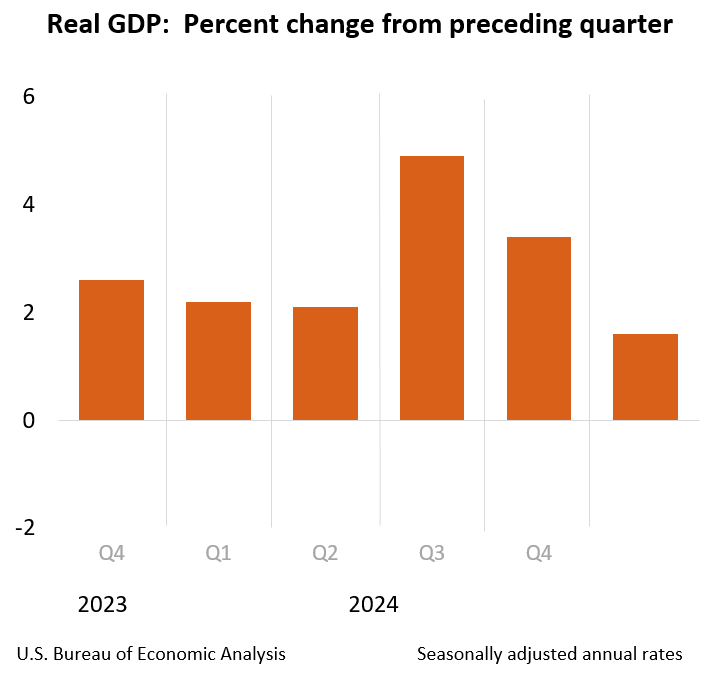Advertisement
Stacy London appointed to Finance Commission of Texas
HUD reports drop in the number of chronically homeless personsMortgagePress.comHUD, homeless, GSEs, National Alliance to End Homelessness, Steve Preston, Annual Homeless Assessment Report
Last year, nearly 32,000 fewer persons lived on the nation's
streets and in emergency shelters. That's according to a new report
released today by the U.S. Department of Housing and Urban
Development that points to a 15 percent average yearly reduction in
chronic homelessness since 2005. For the first time ever, HUD's
Annual Homeless Assessment Report to Congress is also able to
report on the scope of homelessness in America over a full-year
period.
In an address before the National Alliance to End Homelessness,
HUD Secretary Steve Preston said, "We can all be encouraged that
we're making progress in reducing chronic street homelessness in
America and with more resources and better reporting, we can
continue this trend. But we must also recognize that we have a long
way to go to find a more lasting solution for those struggling with
homelessness every day."
HUD defines a chronically homeless person as a disabled
individual who has been continuously homeless for more than one
year or has experienced at least four episodes of homelessness in
the past three years. In January 2007, more than 3,800 cities and
counties counted the number of homeless persons on the street and
in emergency shelters on a single night. Compared to counts
conducted over the past two years, this "snapshot" shows a drop in
the number of chronically homeless persons and in homelessness
generally. To find local homeless data, visit HUD's Web site.
Local communities across the country report there were 123,833
chronically homeless persons in 2007, compared to 155,623 in 2006
and 175,914 in 2005. However, comparing the number of chronically
homeless individuals from year to year should be done with caution.
Declines can be attributed to several factors including increased
funding from HUD and other sources for permanent supportive
housing, improved data collection and reporting, and variation in
the number of communities reporting these data on an annual basis.
Still, these snapshot counts offer communities a powerful tool to
gauge their homeless challenge and to create innovative housing
solutions in response.
Since 2001, HUD has awarded more than $9 billion to support
thousands of local housing and service programs throughout the
nation and is seeking a record $1.6 billion for the Department's
Continuum of Care grant programs for FY 2009.
Homeless Management Information Systems
(HMIS)
Quantifying homelessness is extremely challenging and, in the
past, has been limited mostly to single-night counts. In recent
years, however, HUD's ability to quantify homelessness has been
significantly enhanced by the advent of Homeless Management
Information Systems (HMIS). These local data collection systems
allow researchers to study the sheltered homeless population over
time, providing a more comprehensive picture of homelessness in the
U.S.
For the first time ever, HUD is now able to estimate how many
persons use emergency shelters and transitional housing programs
during a full year. In the third Annual Homeless Assessment Report,
HUD estimates that nearly 1.6 million persons experienced
homelessness and found shelter between October 1, 2006, and
September 30, 2007. This estimate is based on year-long data
collected from more than 284,000 persons located in 98 communities
nationwide.
HUD's unprecedented year-long sample of HMIS data found the
following characteristics of all sheltered homeless persons:
Geographic: 77 percent are in central cities, 23
percent are in suburban and rural areas.
Household Type: 70 percent are individuals, 30 percent
are persons in families with children.
Race: 64 percent are members of minorities.
Gender: 69 percent of all sheltered homeless individuals
are men.
Age: 55 percent of all homeless individuals are 31-to-50
years old.
Veteran Status: 13 percent of all sheltered homeless
adults are veterans.
What's next?
HUD's latest Annual Homeless Assessment Report represents an
important milestone in the Department's efforts to study
homelessness using year-long HMIS data from a nationally
representative sample of communities. It provides a baseline for
future reports that will provide direct year-to-year comparisons of
numbers and characteristics of homeless people and their patterns
of service use. HUD's report offers a vital starting point for
measuring homelessness in the future.
The Department and its local partners will enhance future
reports by collecting data each year from a broader set of
communities and homeless service providers. The additional
information will yield a more comprehensive picture of the nation's
homeless and formerly homeless populations. Ultimately, HUD expects
the Annual Homeless Assessment Report to be the primary resource
for current information on homelessness in the U.S.
HUD and the Department of Veterans Affairs have also renewed the
HUD-VA Supportive Housing Program (HUD-VASH) to provide permanent
supportive housing for an estimated 10,000 homeless veterans
nationwide. HUD-VASH will provide approximately 10,000 new vouchers
for homeless veterans and their families this year. The President
is requesting another $75 million in next year's budget to assist
an additional 10,000 veterans.
About the author





